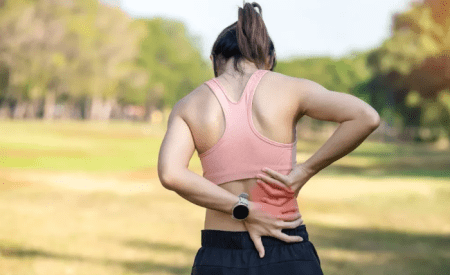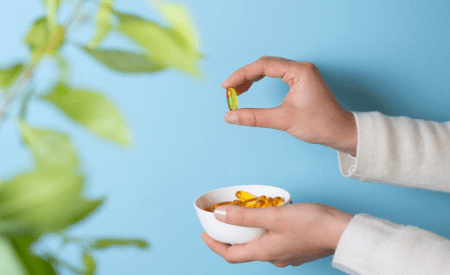Living with joint pain is challenging, but research has uncovered several practical natural approaches. Let’s explore evidence-based strategies to help manage inflammation and discomfort, focusing on practical solutions you can implement today.
1. Temperature Therapy Basics
Cold constricts blood vessels and slows nerve impulses that transmit pain. Therefore, cold therapy reduces acute inflammation and swelling in injured or painful joints. Apply cold packs for 10-20 minutes at a time.
Heat therapy improves circulation and relaxes muscles. This makes it effective for stiff joints and chronic pain. Use warm (not hot) applications for 15-20 minutes. Both therapies should have a barrier between the pack and the skin to prevent tissue damage.
Tip: For chronic conditions, try heat before activities to loosen joints and cold afterward to minimize swelling.
2. The Right Foods
Timing and product combinations are as critical as the foods themselves.
- Eat fatty fish for dinner to let omega-3s work during your body’s natural repair cycle.
- Add a pinch of black pepper to your turmeric golden milk (it makes the active compounds more available to the body).
- Tart cherries before bed help reduce overnight inflammation.
- Fresh pineapple works best on an empty stomach, as its enzymes reach inflamed joints more effectively.
- Olive oil’s benefits activate best when drizzled on food after cooking.
Warning: Skip grapefruit if you’re taking medications since it interferes with how your body processes many drugs.
3. Movement Strategy
While general exercise helps, targeting specific joint areas proves most effective. For knee health, focus on exercises that build supporting muscles without adding stress to the joint itself. Short-arc quad movements, where you lie down with a rolled towel under your knee and straighten your leg, strengthen crucial stabilizing muscles. Gentle hamstring stretches, done while seated, improve flexibility and reduce pressure on knee joints.
Hip joint health requires a different approach. Simple bridge exercises, performed lying on your back with knees bent, strengthen the entire hip complex. These movements improve stability while putting minimal stress on the joints themselves. Side-lying exercises like clamshells target smaller stabilizing muscles often overlooked in regular workouts.
Tip: Your joints typically feel most flexible in mid-day. Plan your exercise routine accordingly to maximize benefits and minimize discomfort.
4. CBD Roll-Ons
Consider using a CBD roll-on for pain relief, designed for direct application to sore muscles and joints. It provides a topical application option combining Delta-8 and Delta-9 THC, full-spectrum CBD, and cooling menthol for the best results.
Important: Always consult your healthcare provider before using CBD/THC products, as they may interact with medications and aren’t suitable for everyone.
5. Sleep Positions for Joint Protection
Research shows proper sleep positioning significantly impacts joint health and pain levels:
| Joint Area | Recommended Position | What to Avoid | Support Needed |
| Knees | On the back or side with support | Sleeping without knee support | A pillow between or under the knees |
| Hips | On the back with a supported lower back | Side-lying without hip support | Firm mattress, lumbar support |
| Shoulders | On the back or unaffected side | The direct pressure on the sore joint | Supportive pillow |
6. Hydration Fundamentals
Proper hydration supports joint health by maintaining synovial fluid levels. The Institute of Medicine provides clear guidelines: women need 2.7 liters (91 ounces) daily, while men require 3.7 liters (125 ounces). These amounts include all fluids, not just water. Regular daily hydration maintains consistent joint lubrication and helps remove inflammatory compounds.
Early Warning Signs and Prevention
Understanding early warning signs helps prevent serious joint issues. Morning stiffness that lasts longer than 30 minutes may signal developing problems. Pay attention to unusual clicking sounds or changes in your range of motion. Warm joints or symmetrical changes in multiple joints deserve special attention.
Your daily activities often reveal joint problems before they become severe. Difficulty climbing stairs or trouble gripping objects might indicate early joint issues. Changes in your walking pattern, even slight ones, can signal developing problems that need attention.
Prevention works best when incorporated into daily life. Proper posture during desk work significantly reduces joint stress. Using ergonomic tools and taking regular movement breaks protect your joints during routine tasks. Maintaining healthy vitamin D levels through diet or supplementation supports overall joint health.







